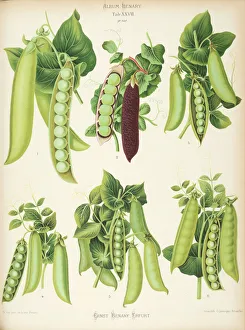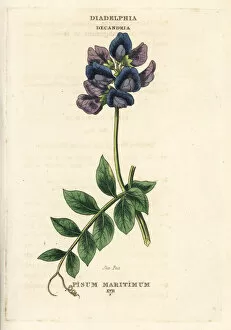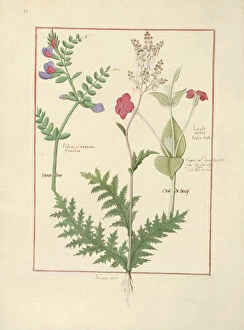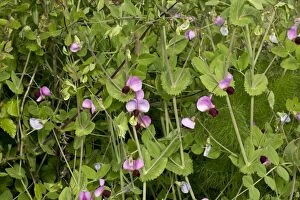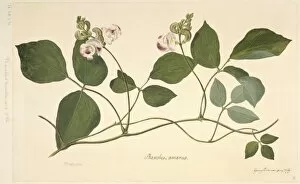Pisum Collection
"Pisum: A Journey through the World of Peas" Step into the fascinating world sativum, commonly known as peas
All Professionally Made to Order for Quick Shipping
"Pisum: A Journey through the World of Peas" Step into the fascinating world sativum, commonly known as peas. This versatile legume has captivated botanists and gardeners alike for centuries. In Tab Xxvi, Album VII, we are presented with a stunning array of varieties of pea, showcasing their diverse shapes and colors. From vibrant greens to delicate purples, each variety holds its own unique charm. Germinating seeds of the pea Pisum sativum take center stage in another captivating image. Witnessing new life emerge from these tiny seeds is truly awe-inspiring. But our exploration doesn't stop there. Fossils of extinct sea snails provide a surprising connection to this humble plant. Who would have thought that peas and sea snails share such an intriguing history? Garden pea, Pisum sativum, steals the spotlight next - a staple in many cuisines around the world. Its tender pods bursting with plump peas make it a favorite among both chefs and home cooks. Moving on to Varieties of peas and beans, gousses et graines legumières; here we see an assortment that showcases nature's bounty at its finest. The sheer variety leaves us marveling at Mother Nature's ingenuity. Sea pea, Lathyrus japonicus subsp. Maritimus adds a touch of coastal beauty to our journey through pisums. Its delicate flowers dancing in the ocean breeze remind us that even within this family there is room for diversity. Illustration Hadenidae -- Xylinidae introduces us to yet another facet - exploring different families within this vast botanical realm. Each illustration tells a story waiting to be unraveled by curious minds. Pea Pisum sativum takes center stage once again as we witness its seeds progressing through stages of vegetation - reminding us that growth is not instantaneous but rather a beautiful journey.

